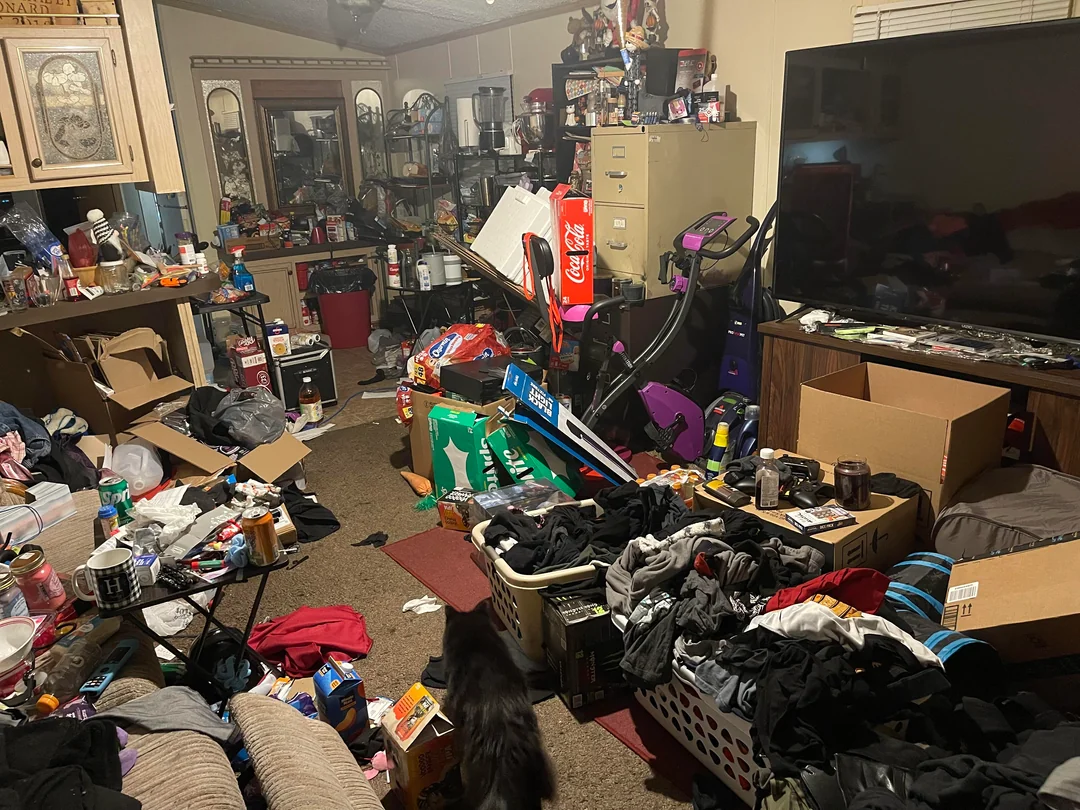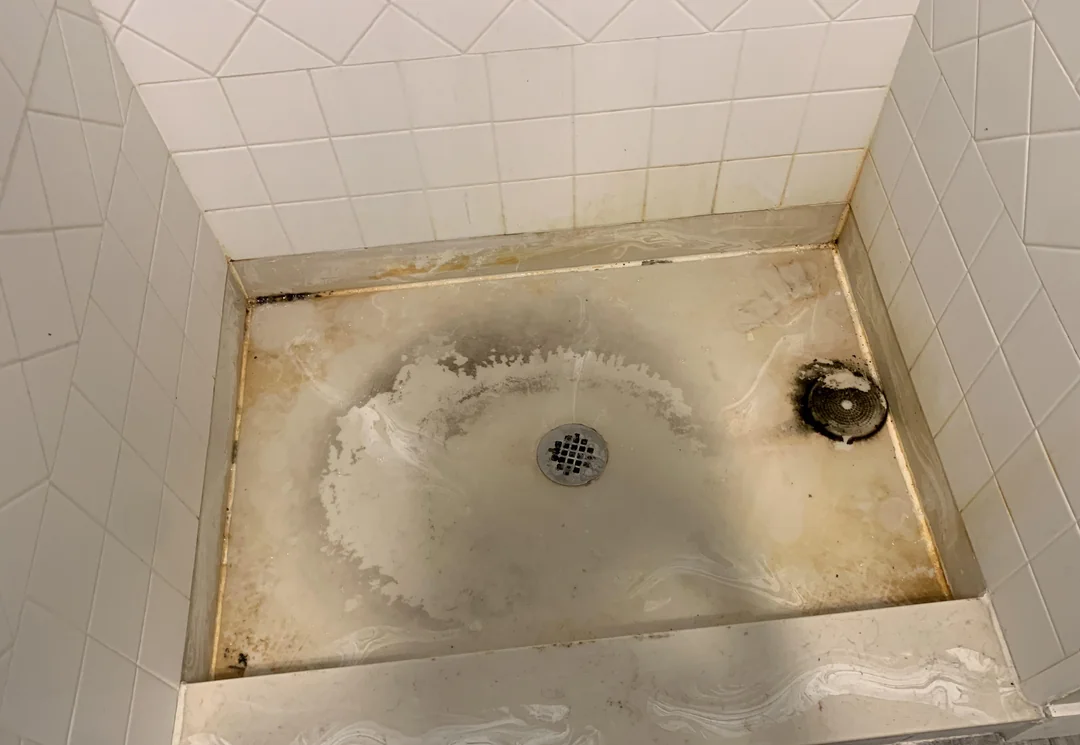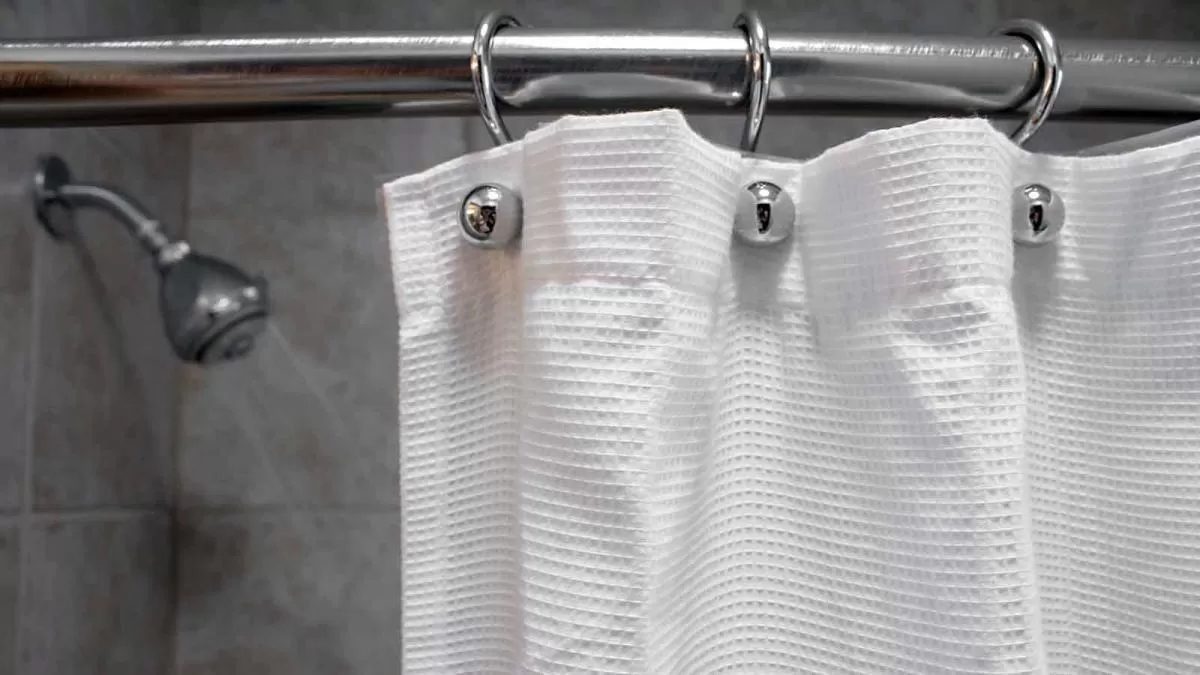Suffering from allergies can be tough, especially when it comes to keeping your living space clean.
As someone who has a family member with allergies myself, I understand the struggle of trying to maintain a healthy environment while battling sneezing fits and itchy eyes.
That’s why I’ve put together these 10 essential carpet cleaning tips to help you breathe easier in your home.
From choosing the right vacuum cleaner to using natural cleaning solutions, I’ve got you covered with practical advice that will make a real difference in managing your allergies.
Whether you’re dealing with dust mites, pet dander, or pollen trapped in your carpets, these tips will help you tackle allergens effectively and create a more comfortable living space.
Let’s dive in and discover how you can keep your carpets clean and your allergies at bay.
1. Choose the right vacuum cleaner
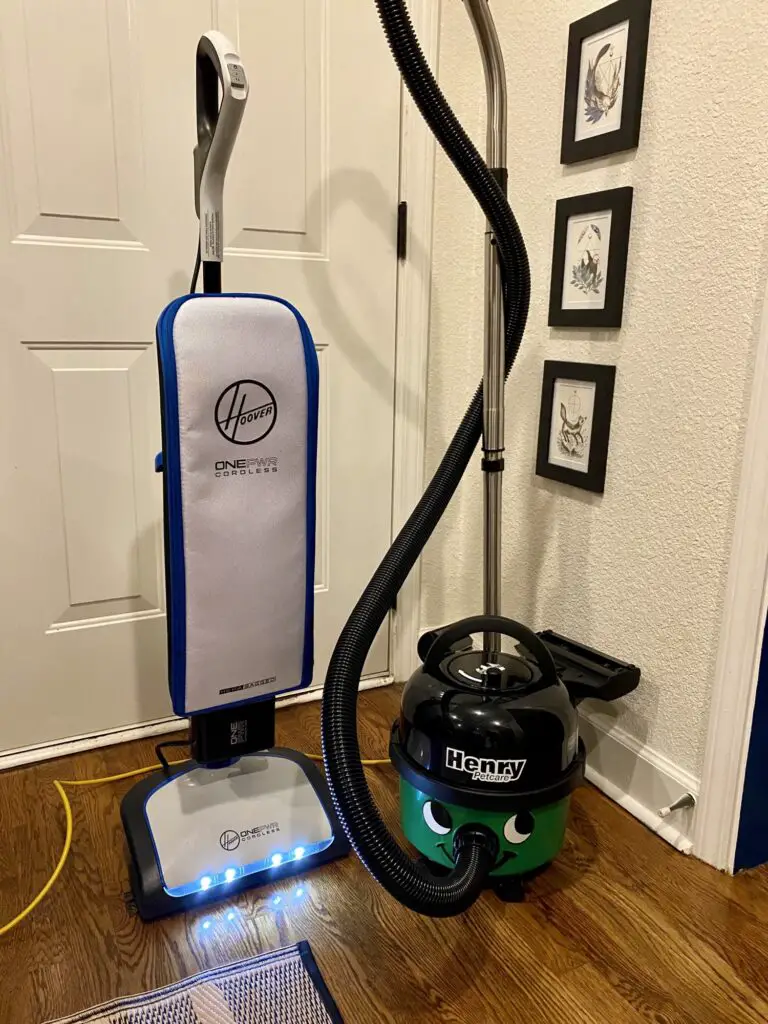
When selecting a vacuum cleaner for cleaning carpets with allergies in mind, it’s crucial to opt for one equipped with a HEPA filter.
This type of filter effectively traps allergens like dust mites and pet dander, preventing them from being released back into the air.
So, you should also consider a vacuum cleaner with a sealed system, which ensures that no particles escape during the cleaning process.
One of the first thing i did was investing in a vacuum cleaner, one that has HEPA filter and a strong suction power.
It’s important for effectively removing allergens from deep within the carpet fibers.
If you can opt for a vacuum cleaner that is specifically designed for allergy sufferers, and you’ll notice a difference in the cleanliness of your carpets and the overall air quality in your living space.
Remember to regularly replace the vacuum bags and filters to maintain optimal performance and filtration efficiency.
2. Vacuum regularly
When it comes to carpet cleaning tips for allergies, one of the most crucial practices is to Vacuum regularly.
Without a doubt, I understand the importance of keeping carpets free from dust mites, pet dander, and other allergens. Here are a few key points to keep in mind:
- Vacuum at least twice a week to maintain clean carpets and reduce allergen build-up.
- Use a vacuum cleaner with a HEPA filter to ensure that allergens are trapped & not released back into the air.
- Focus on places where your pets pass frequently, these areas tend to harbor more allergens.
3. Use a HEPA filter
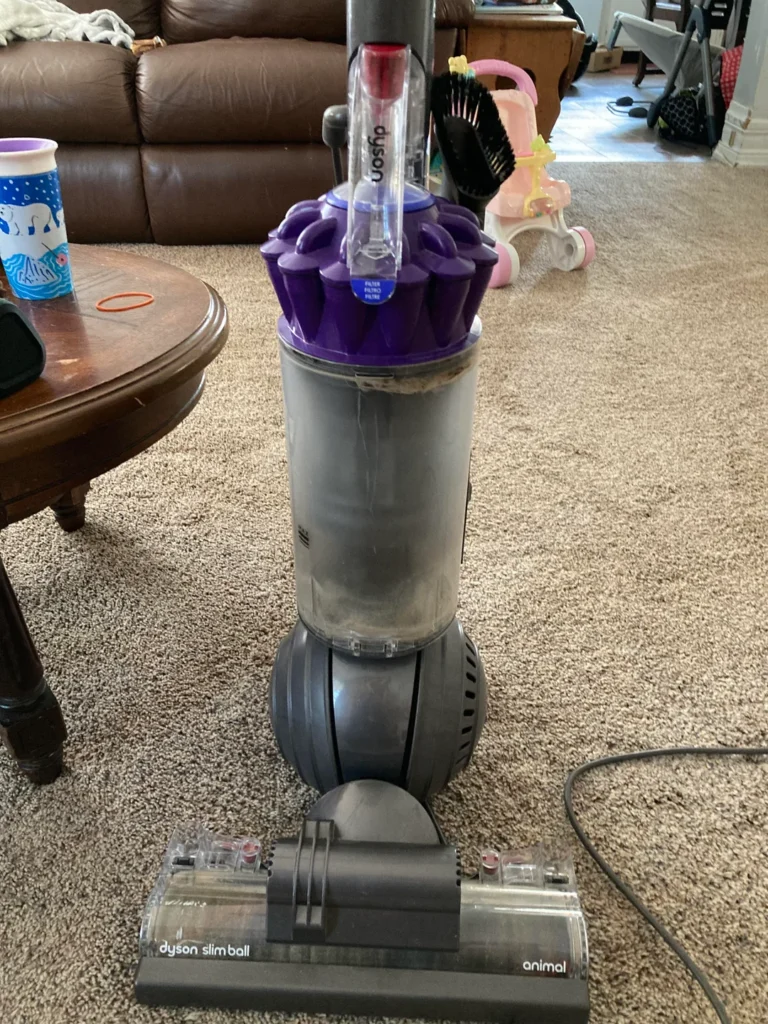
One of the best investments I’ve made this year is using a vacuum cleaner with a HEPA filter.
These filters are specially designed to trap small particles that can trigger allergic reactions.
HEPA filters can capture up to 99.97% of particles as small as 0.3 microns in size, ensuring that the air expelled by the vacuum is much cleaner than traditional models.
This means that when I vacuum, I’m not just cleaning the carpet surface, but also removing allergens from the air, making it easier to breathe indoors.
When shopping for a vacuum cleaner, I recommend looking for models that are equipped with HEPA filters to ensure you’re getting the most out of my cleaning routine.
4. Steam clean your carpets
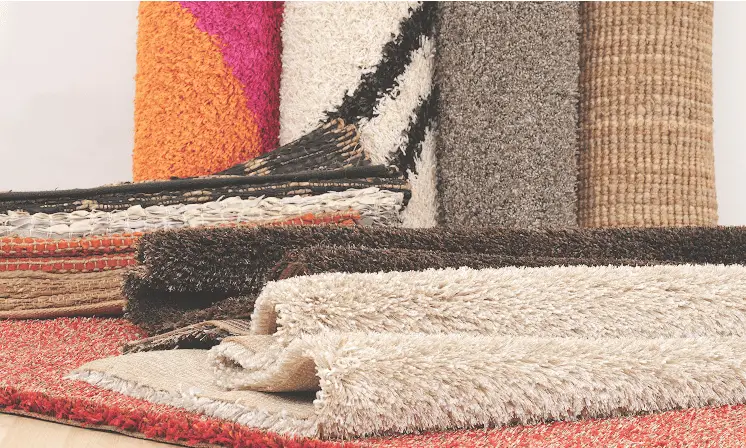
Steam cleaning your carpets is crucial when you have allergies. This method not only removes dirt and grime but also eliminates allergens effectively.
The hot steam can penetrate deep into the carpet fibers, killing dust mites, bacteria, and mold.
By using a steam cleaner, you can significantly reduce allergens in your home, making it a healthier environment for you and your family.
5. Opt for natural cleaning solutions
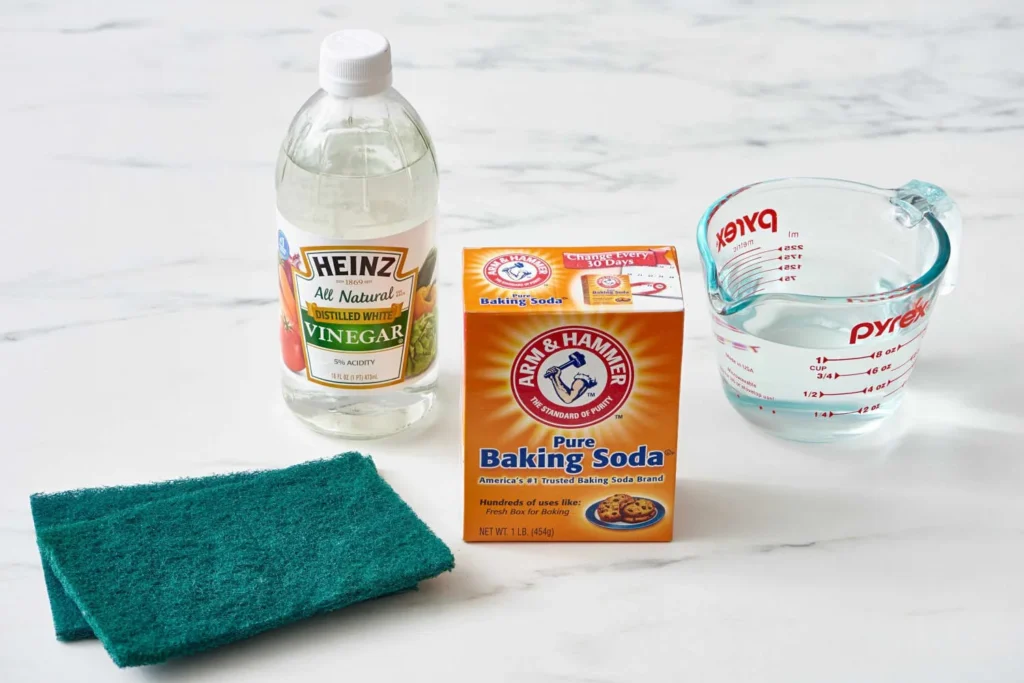
Look for eco-friendly cleaners that are free from toxic ingredients like ammonia, chlorine, and artificial fragrances.
I recommend using vinegar and baking soda as effective and safe alternatives for cleaning carpets.
Vinegar’s acidic properties help break down dirt and odor, while baking soda absorbs moisture and neutralizes odors. Mix these two ingredients to create a powerful DIY carpet cleaner.
Another natural option is essential oils. Add a few drops of lavender, tea tree, or eucalyptus oil to your cleaning solution for their antimicrobial and deodorizing properties.
Not only will your carpets be clean, but they’ll also smell fresh without synthetic fragrances.
But you should also avoid commercial carpet cleaning products with harsh chemicals that can trigger allergy symptoms.
Instead, opt for homemade solutions or eco-friendly brands that prioritize natural ingredients.
6. Wash rugs and mats frequently
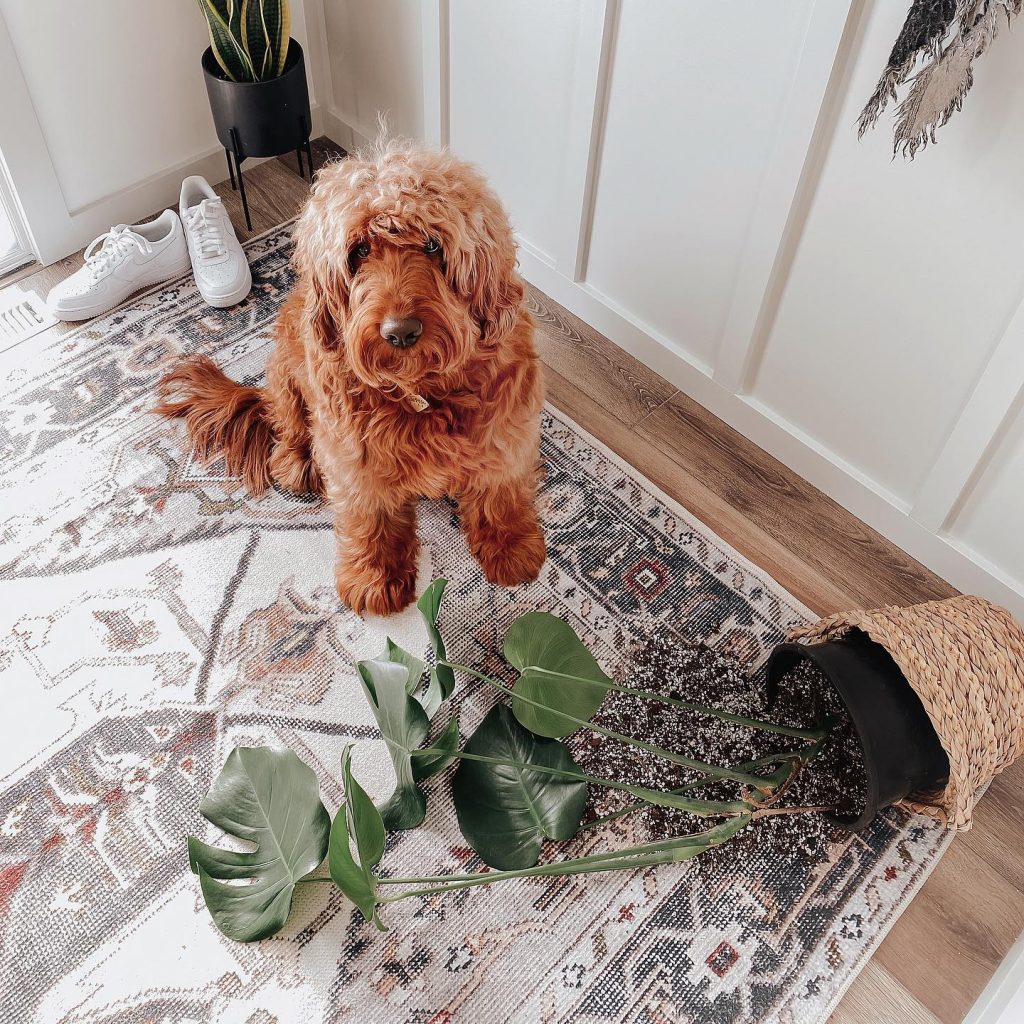
One thing i’ve noticed is that those soft surfaces of your rugs and mats are magnets for allergens.
By washing them frequently, you can reduce allergen buildup and create a healthier indoor environment for yourself.
Here are a few tips for washing rugs and mats effectively:
- Before washing, vacuum the rugs and mats to remove surface dirt and debris.
- Consider using hot water as it can help kill allergens like dust mites and bacteria.
- To naturally disinfect and deodorize rugs and mats, consider adding vinegar or baking soda to your laundry.
- After washing, ensure that rugs and mats are completely dry before placing them back in your home.
7. Control humidity levels
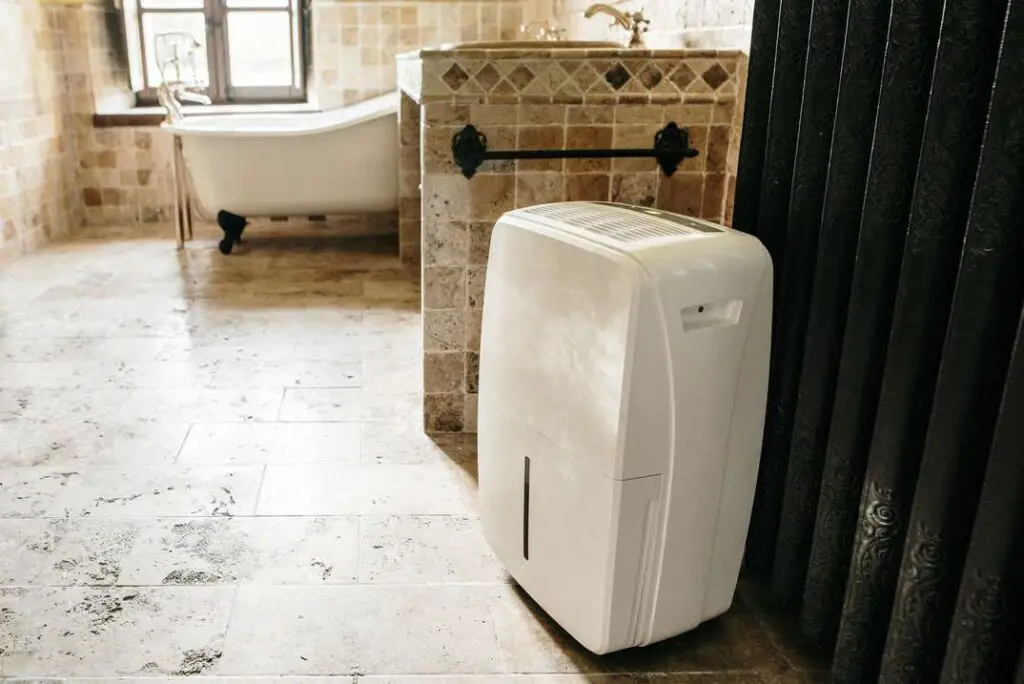
Maintaining optimal humidity levels in your home is crucial when you have allergies.
High humidity can create a breeding ground for allergens that thrive in damp conditions.
So what you need to do is to use a dehumidifier to reduce excess moisture in the air, especially in areas prone to dampness like basements and bathrooms.
You should also keep indoor humidity levels below 50% to inhibit the growth of mold and dust mites.
Ventilate bathrooms and kitchens, fix any leaks promptly and use exhaust fans in areas where moisture accumulates.
8. Invest in a good doormat
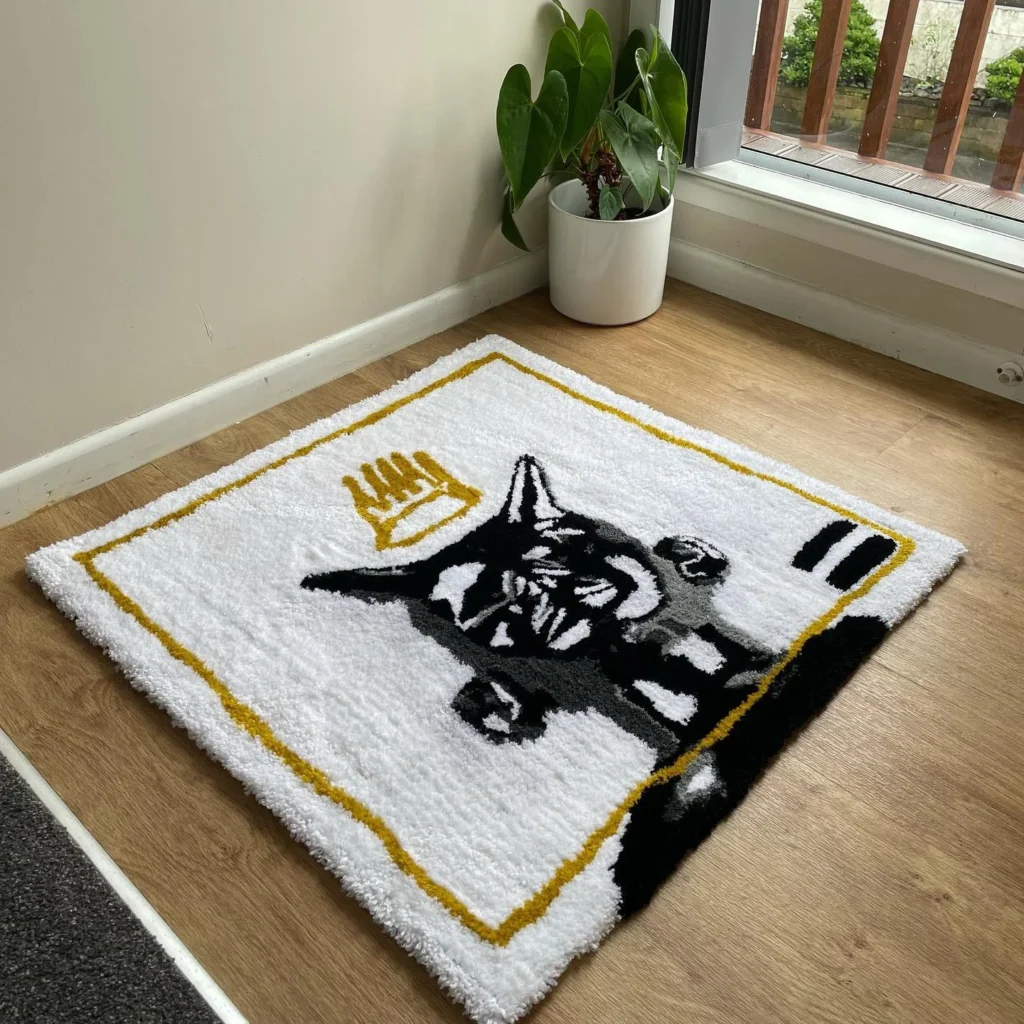
Another simple and effective way to reduce allergens in your home is to Invest in a good doormat.
I always recommend placing a sturdy doormat at the entrance of your home to prevent dirt, pollen, and other allergens from being tracked indoors.
Here are a few things to keep in mind when selecting a doormat for allergy management:
- Choose a doormat with a rough texture
- Opt for a washable doormat
- Consider a larger-sized doormat
Most people do ignore this, but investing in a good doormat is a small step that can go a long way in reducing allergens and maintaining a healthier home.
9. Consider professional cleaning services
Dealing with allergies could be a pain sometimes, which is why you can just decide it’s best to leave it to the professionals.
Professional cleaning services have the expertise, equipment, and products to thoroughly clean your carpets and rugs, removing deep-seated allergens that regular cleaning may miss.
Instead of spending hours on cleaning yourself, professionals can quickly and efficiently clean your carpets, saving you time and effort.
If you decide to go for professional cleaning services, make sure to choose a reputable company that uses allergy-friendly cleaning products and methods.
10. Implement a no-shoes policy
One effective way to reduce the introduction of dust, pollen, and other allergens is by implementing a no-shoes policy indoors.
I do this in my home and i think you can also imitate this too. Consider asking guests and family members to remove their shoes at the entrance.
By doing this, you can significantly minimize the amount of outdoor contaminants brought into your living space.
A no-shoes policy can also extend the lifespan of your carpets by preventing dirt and debris from being ground into the fibers.
Although, It’s a small change but it can make a big difference.
What do you think? I hope this was helpful, kindly drop some comments and share to friends and family.
